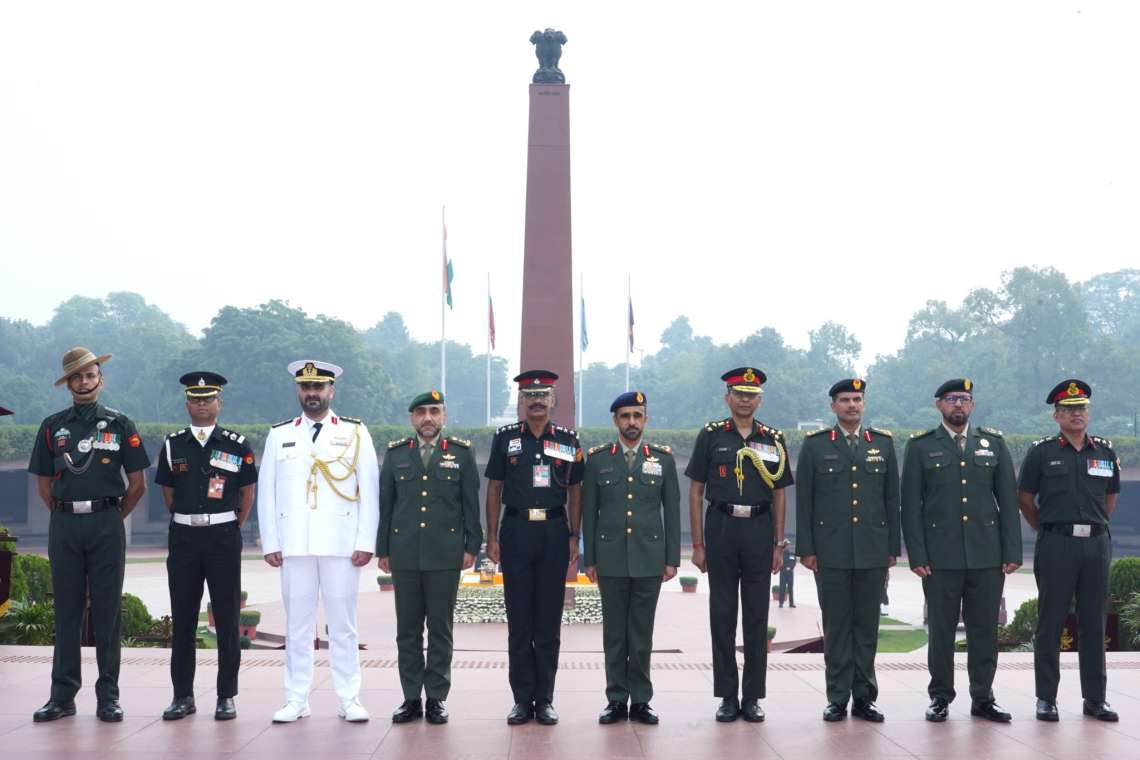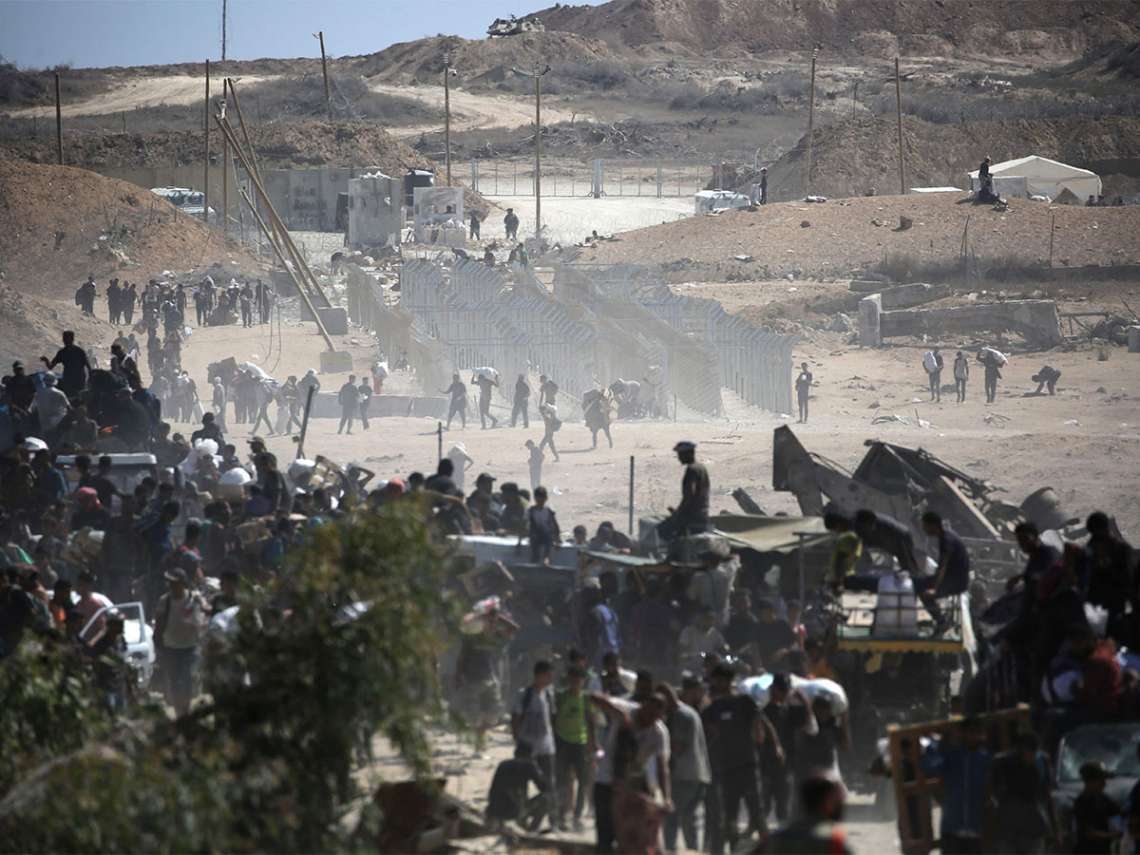The Ministry of Presidential Affairs (MoPA), in coordination with the General Authority of Islamic Affairs and Endowments (GAIAE) and the Sheikh Zayed Grand Mosque Centre, said that Taraweeh prayers would be streamed live from the Sheikh Zayed Grand Mosque on official television channels and radio stations in the country throughout the holy month of Ramadan.
MoPA and GAIAE said that it has been decided that Taraweeh prayers will be confined to the imam and two worshippers, taking into full consideration all precautionary and preventative measures adopted by the relevant UAE authorities to contain the COVID-19 pandemic. These measures include the regular screening of worshippers praying Taraweeh for COVID-19. Worshippers must also wear facemasks and gloves to ensure their safety.
The decision is reflective of the UAE leadership’s keenness to maintain the spiritual nature of the holy month and allow Muslims constant contact with mosques nationwide in light of the current circumstances.
Fine Weather
Ramadan this year comes in the last quarter of April and extends to the third quarter of May. A report by the National Center of Meteorology, NCM, said this period is considered within the first transitional period (spring) between the winter and summer seasons.
 Expected that the weather on most days of Ramadan will be relatively hot to hot during the daytime in the interior region, while it is relatively hot on the coastal areas, with mild temperatures on the mountainous hills, and generally moderate temperatures over the country during the night.
Expected that the weather on most days of Ramadan will be relatively hot to hot during the daytime in the interior region, while it is relatively hot on the coastal areas, with mild temperatures on the mountainous hills, and generally moderate temperatures over the country during the night.
Through the climatic statistics for this period, the average maximum temperature ranges between 35 and 40 degrees C and the highest maximum temperatures reach approximately 49 degrees C in the interior regions in the afternoon period.
While the average minimum temperature ranges between 23 and 26 degrees, and the lowest minimum temperature reaches approximately 9 degrees and is recorded in some mountainous or inland regions in the early morning hours.
In this period, the Siberian high gradually weakens and retracts, especially in the second half of it. The region is affected by the extension of the transient low pressure, as the low pressure extends from the west or from the east, and when accompanied by the extension of low pressure in the upper air Layers , clouds increase in some areas with the chance of rain.
The highest amount of rains recorded in this period during the past years is 124.2 mm in Al Quaa in 2013 The humidity slightly decreases in the air during this period, especially in the last quarter of it, although the possibility of fog and mist remains based on limited areas and for a limited period during the morning hours.
 Where the average maximum relative humidity ranges between 64% to 78% during the night and early morning periods. While the mean minimum relative humidity ranges between 14% to 27% during the afternoon and day time.
Where the average maximum relative humidity ranges between 64% to 78% during the night and early morning periods. While the mean minimum relative humidity ranges between 14% to 27% during the afternoon and day time.
Prevailing winds in the night and morning will be southeasterly winds, and in the afternoon and evening periods will be northwesterly winds (the sea breeze and land breeze), and the winds will sometimes be active or strong with the deepening of the pressure systems and with the accumulation of clouds, which leads to blowing dust and sand.
The maximum wind speed recorded during this period in the past years is 117.0 km / hour on the Mebreh mountain in 2010, and the average wind speed is 13 km / hour.
The total hours from the dawn to sunset at the beginning of the month reaches 14 hours and 16 minutes at the beginning of the period, and increases gradually with the advancement of the days of Ramadan until they reach 14 hours and approximately 57 minutes at the end of the month.








